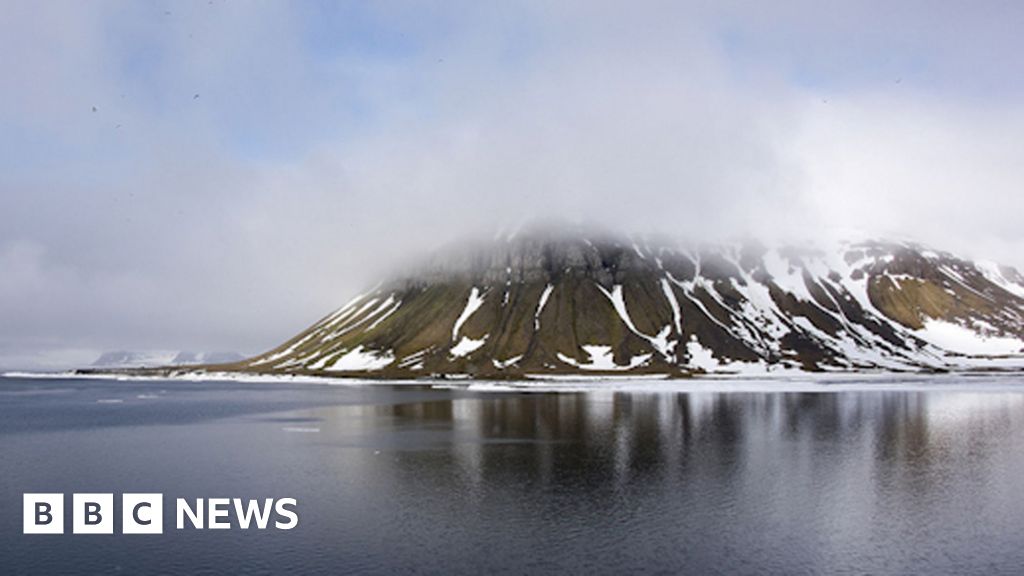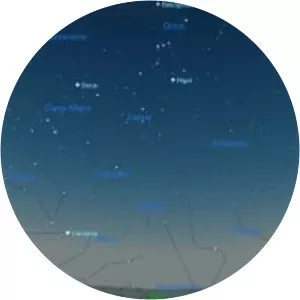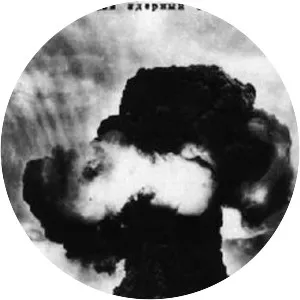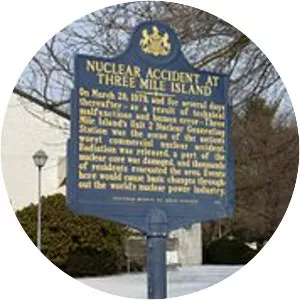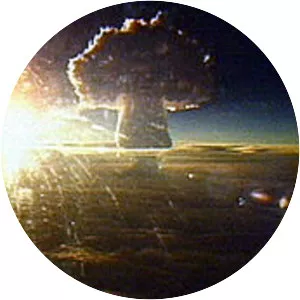
Tsar Bomba
| Use attributes for filter ! | |
| Blast yield | megatons of TNT |
|---|---|
| Diameter | 2. 1 m (6 ft 11 in) |
| No. built | 2, only 1 was detonated |
| Length | 8 m (26 ft) |
| Designers | Andrei Sakharov |
| Yulii Khariton | |
| Viktor Adamsky | |
| Yuri Trutnev | |
| Yakov Zeldovich | |
| Date of Reg. | |
| Date of Upd. | |
| ID | 734987 |
About Tsar Bomba
The Soviet RDS-220 hydrogen bomb, known by Western nations as Tsar Bomba, was the most powerful nuclear weapon ever created. Tested on 30 October 1961 as an experimental verification of calculation principles and multi-stage thermonuclear weapon designs, it also remains the most powerful explosive ever detonated.
Arctic team maps five islands found by Russian student
Novaya Zemlya : There is still Uncharted Territory in Russia's vast Arctic north
A Russian Arctic expedition has mapped five small islands in the Far North , discovered by a student analysing a glacier's retreat in satellite photos.
Before Marina Migunova 's discovery in 2016 the islands were hidden under the Nansen Glacier, also known as Vylka, in the Novaya Zemlya archipelago.
Her discovery was part of her final coursework at The Admiral Makarov State Maritime Academy in St Petersburg.
Maps are being updated as Global Warming melts ice across The Arctic .
Marina Migunova (file pic) is now a scientist in the Russian NavyThe islands found by Ms Migunova range in size from 900 to 54,500sq m (9,688 to 586,633sq ft).
They are in Vize Bay, on the northeastern coast of Novaya Zemlya . During the Cold War the Soviet military tested hydrogen bombs in that remote region, including Tsar Bomba , the biggest ever detonated.
The Retreat of Arctic ice is opening up navigation in the region for longer periods, and Russia has significant commercial and military interests in the Far North .
Last week Russia, now heading for Chukotka in the Far East , along the Northern Sea Route.
Ms Migunova received a special honorary diploma from the Russian Hydrographical Society for her discovery. She is now a naval oceanographical engineer in the Russian Northern Fleet .
Ms Migunova's discovery made her a star studentThe Academy says it is making intensive use of satellite photos to record changes to coastal regions in The Arctic archipelagos of Novaya Zemlya and Franz Josef Land.
Also known by the Russian initials GUMRF, The Academy says its specialists found More Than 30 new islands, capes and bays there in 2015-2018.
More on Russian Arctic developments:
russia, nuclear power, st petersburg, arctic, climate change
Source of news: bbc.com
